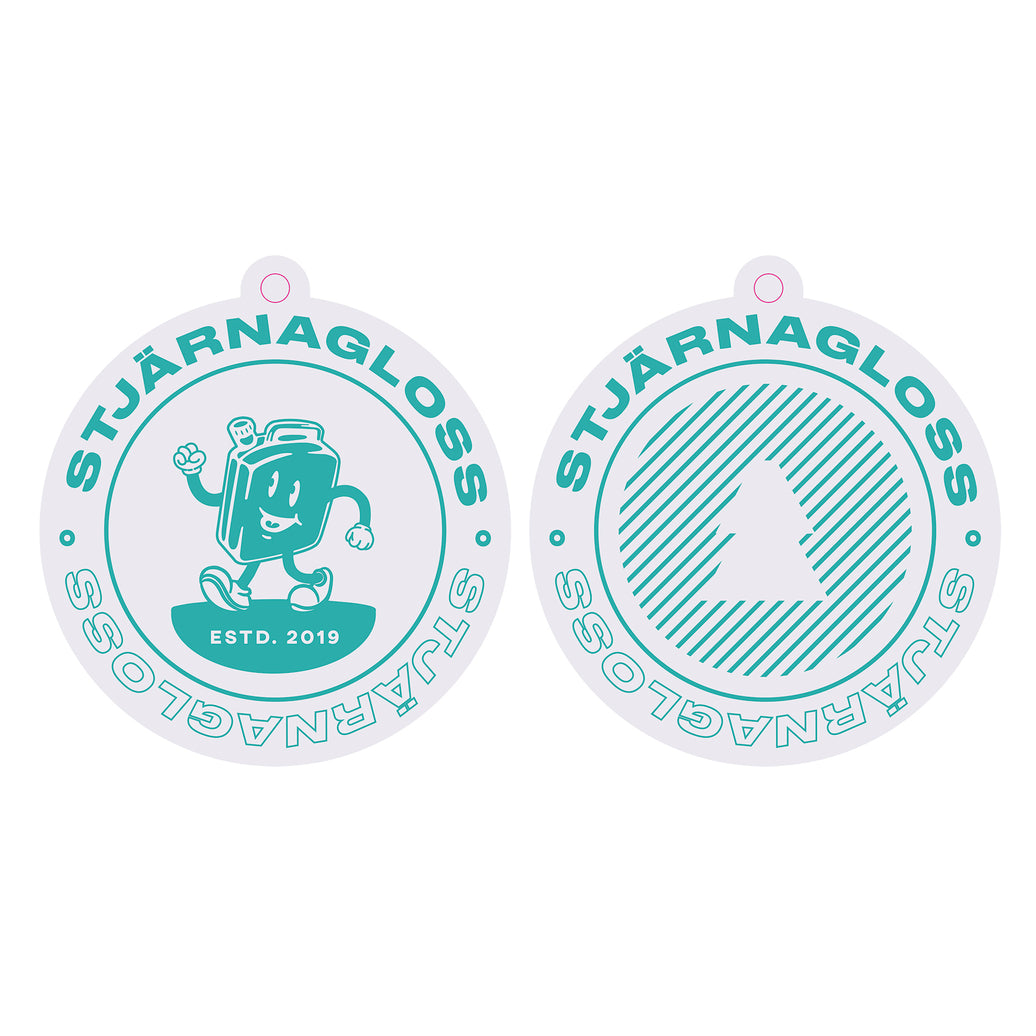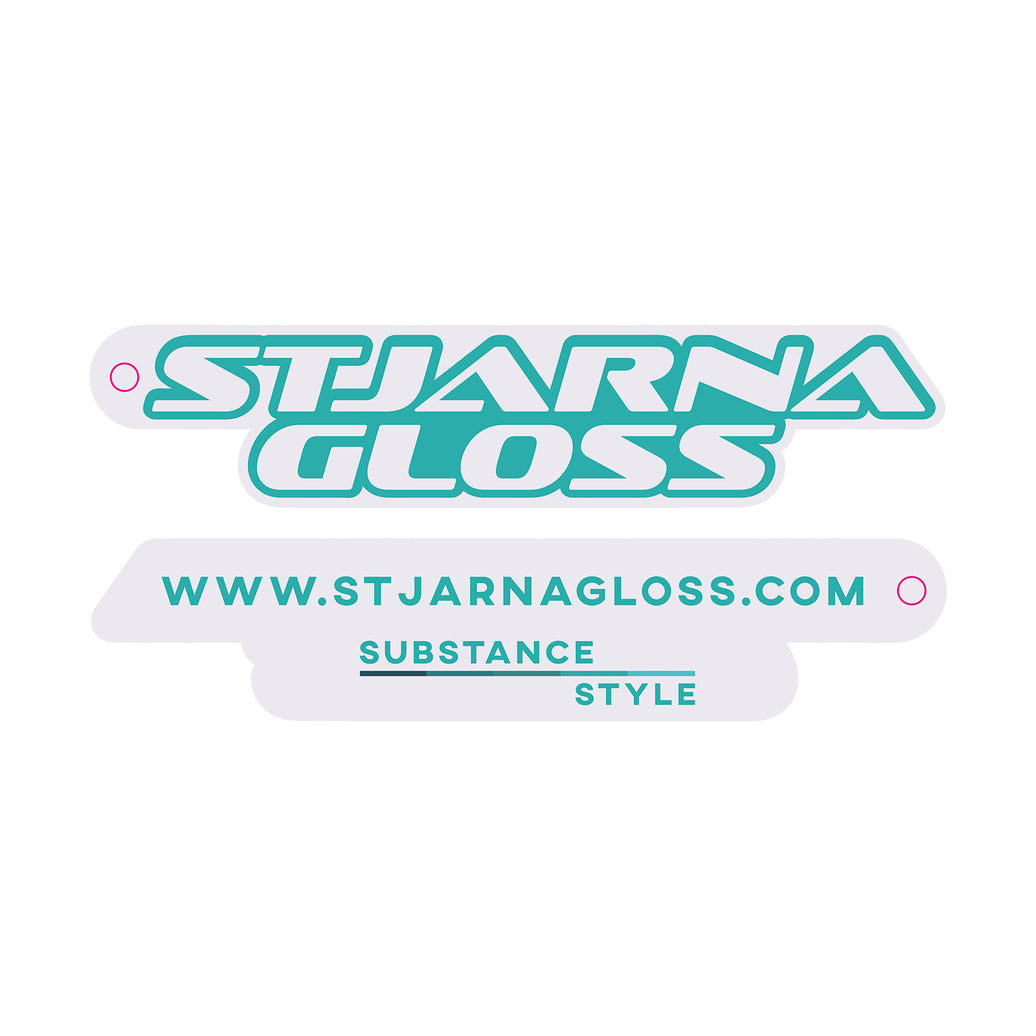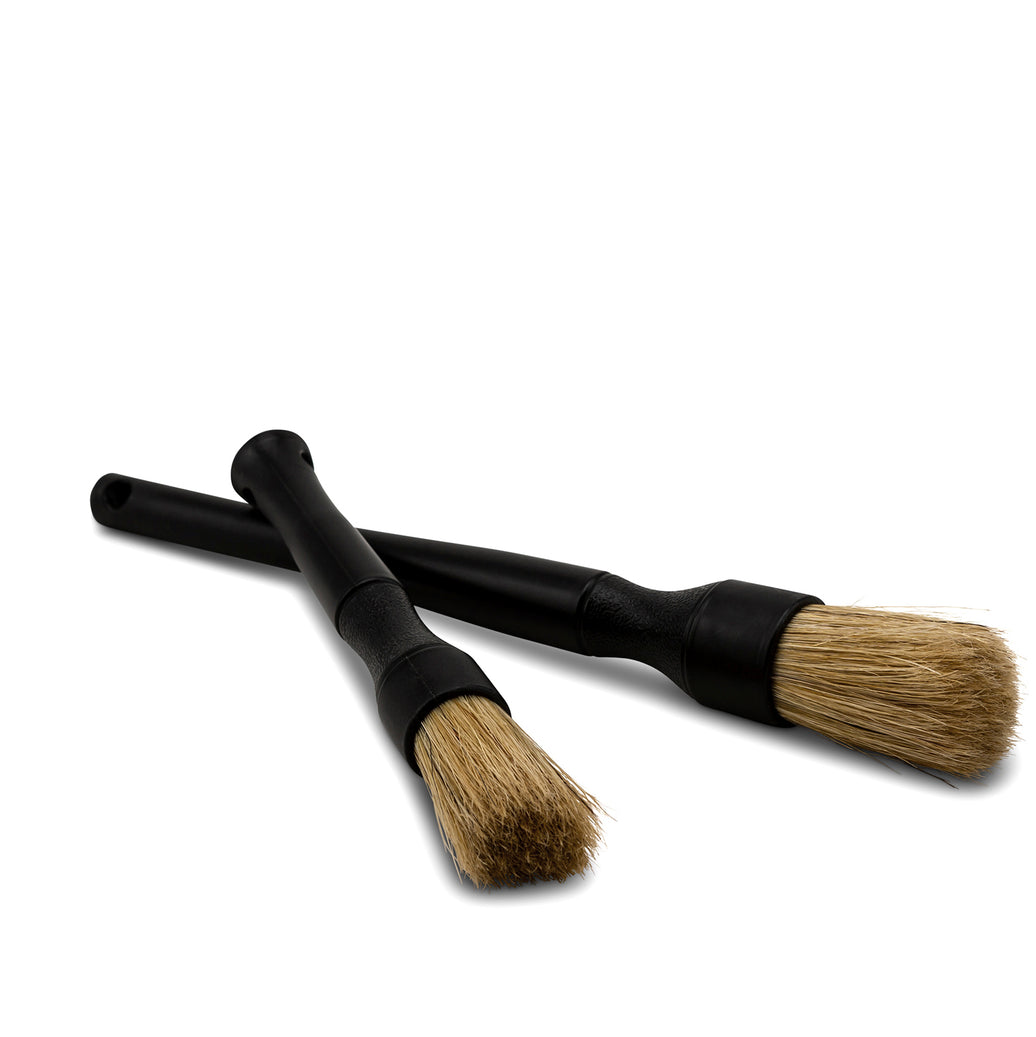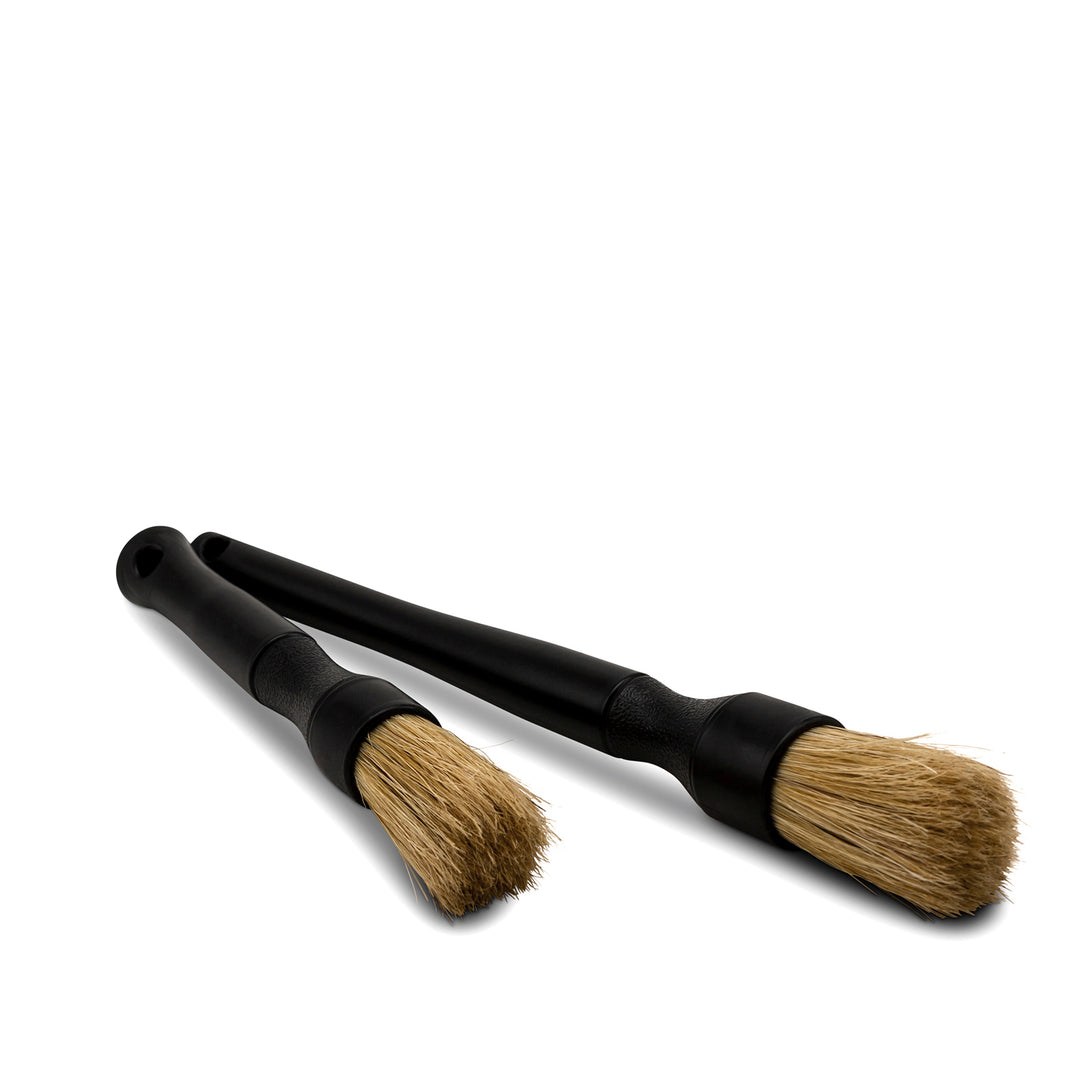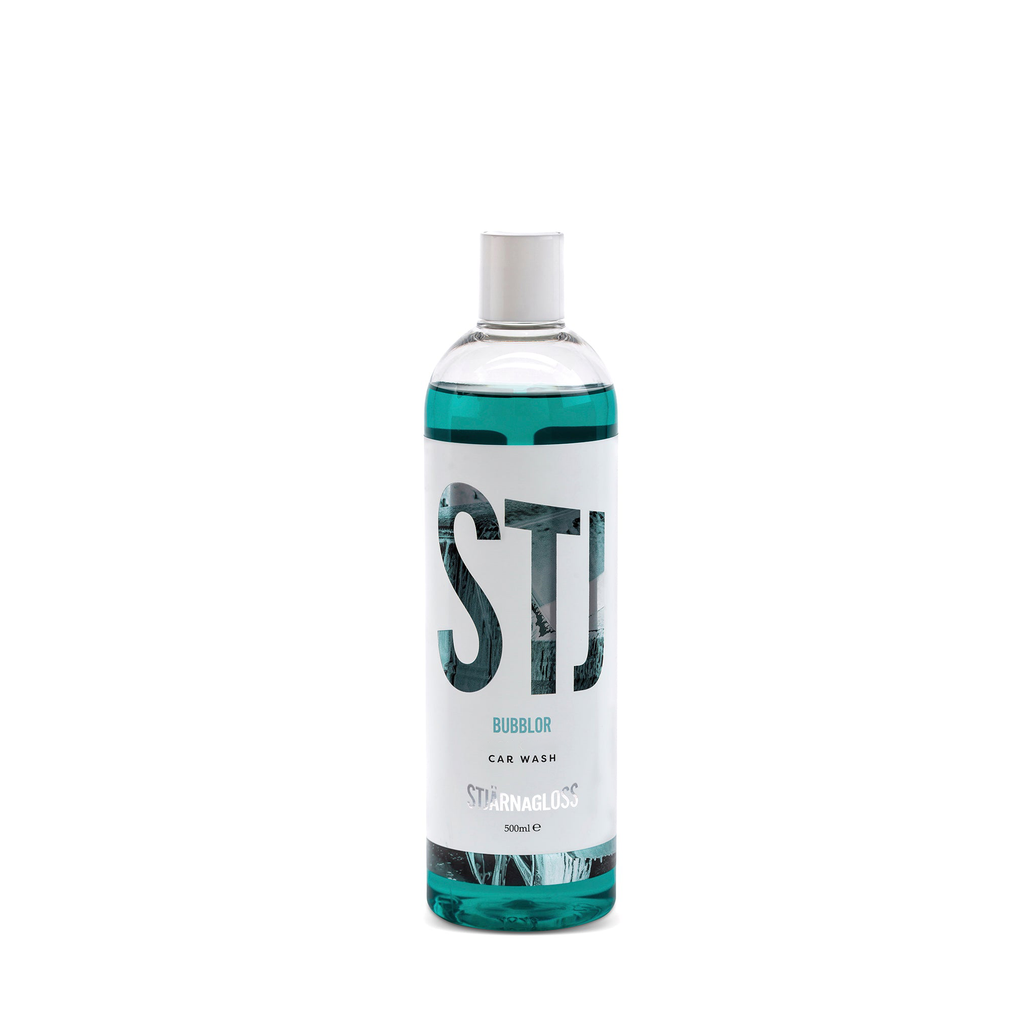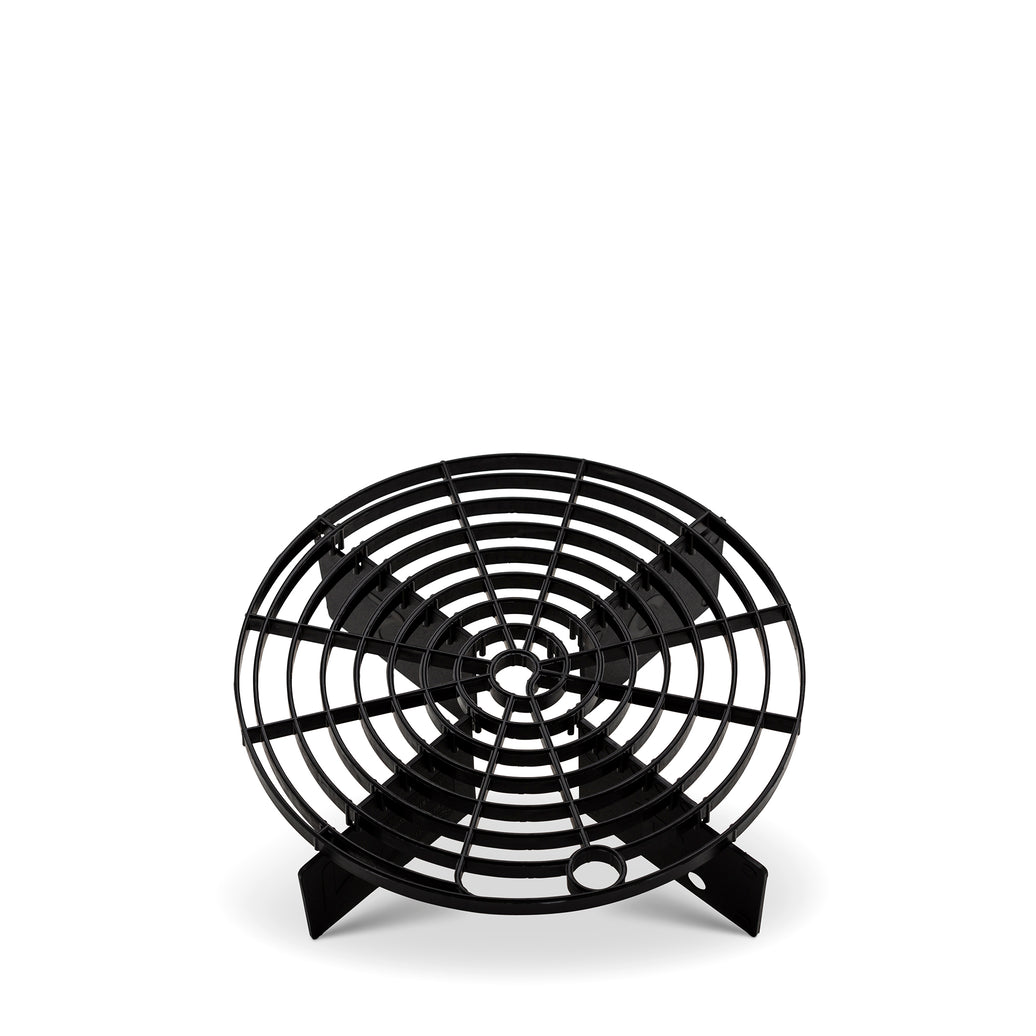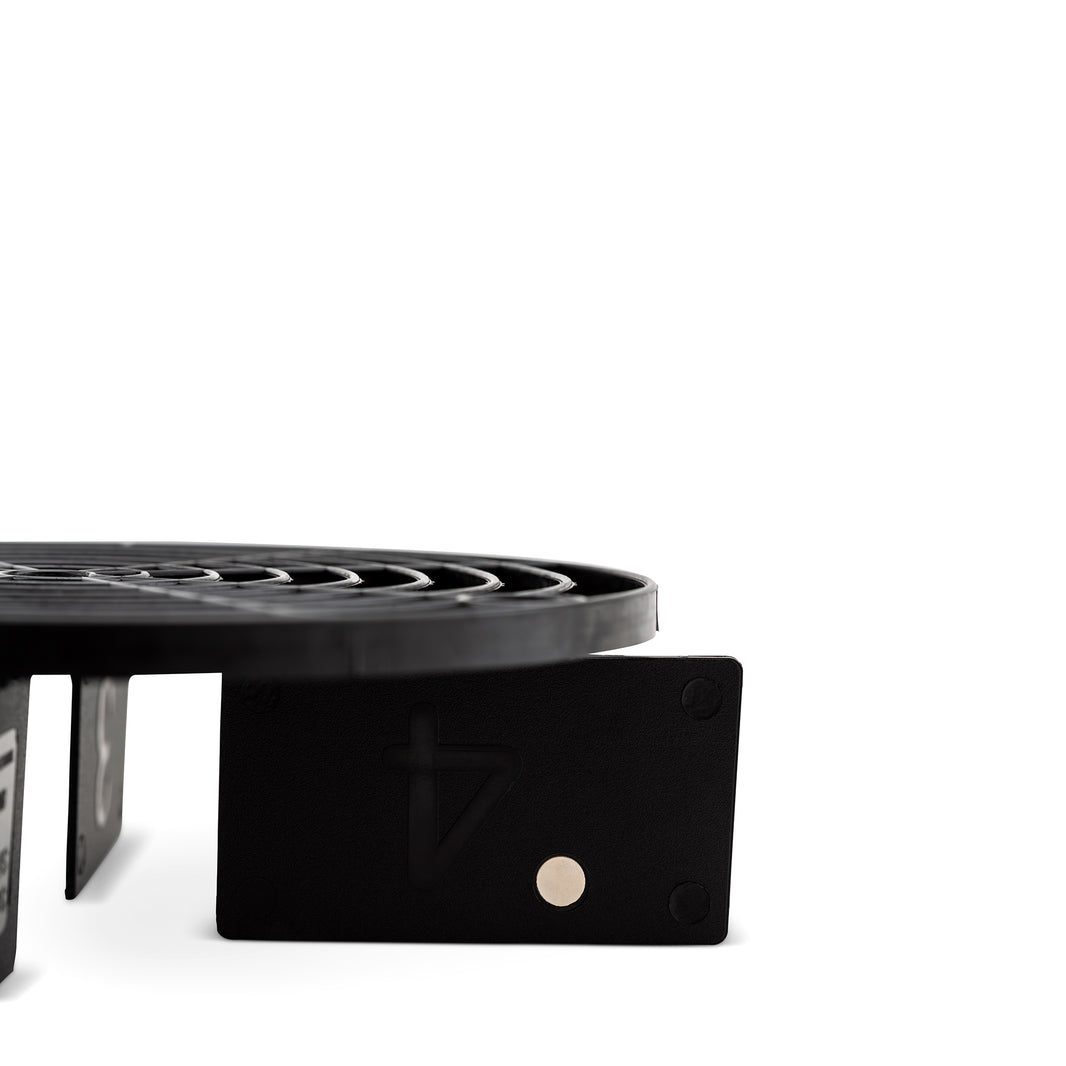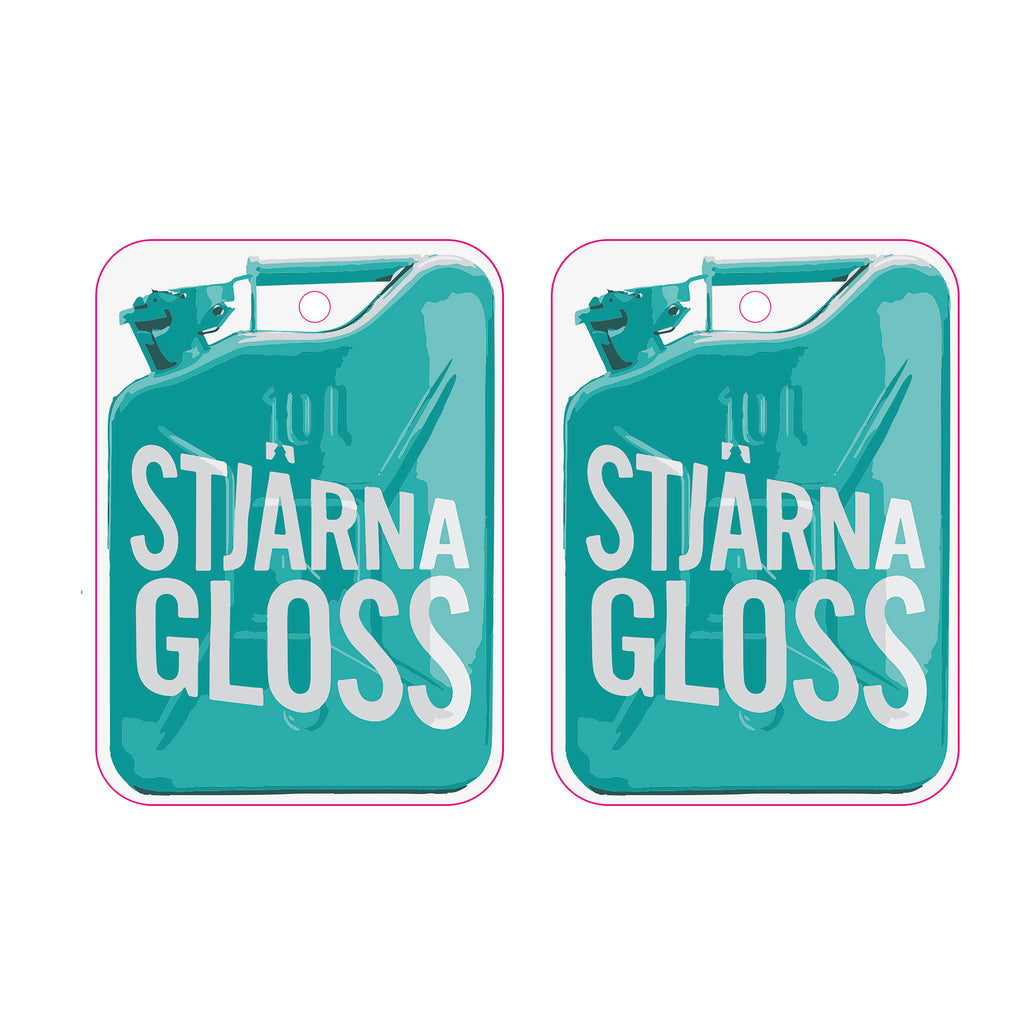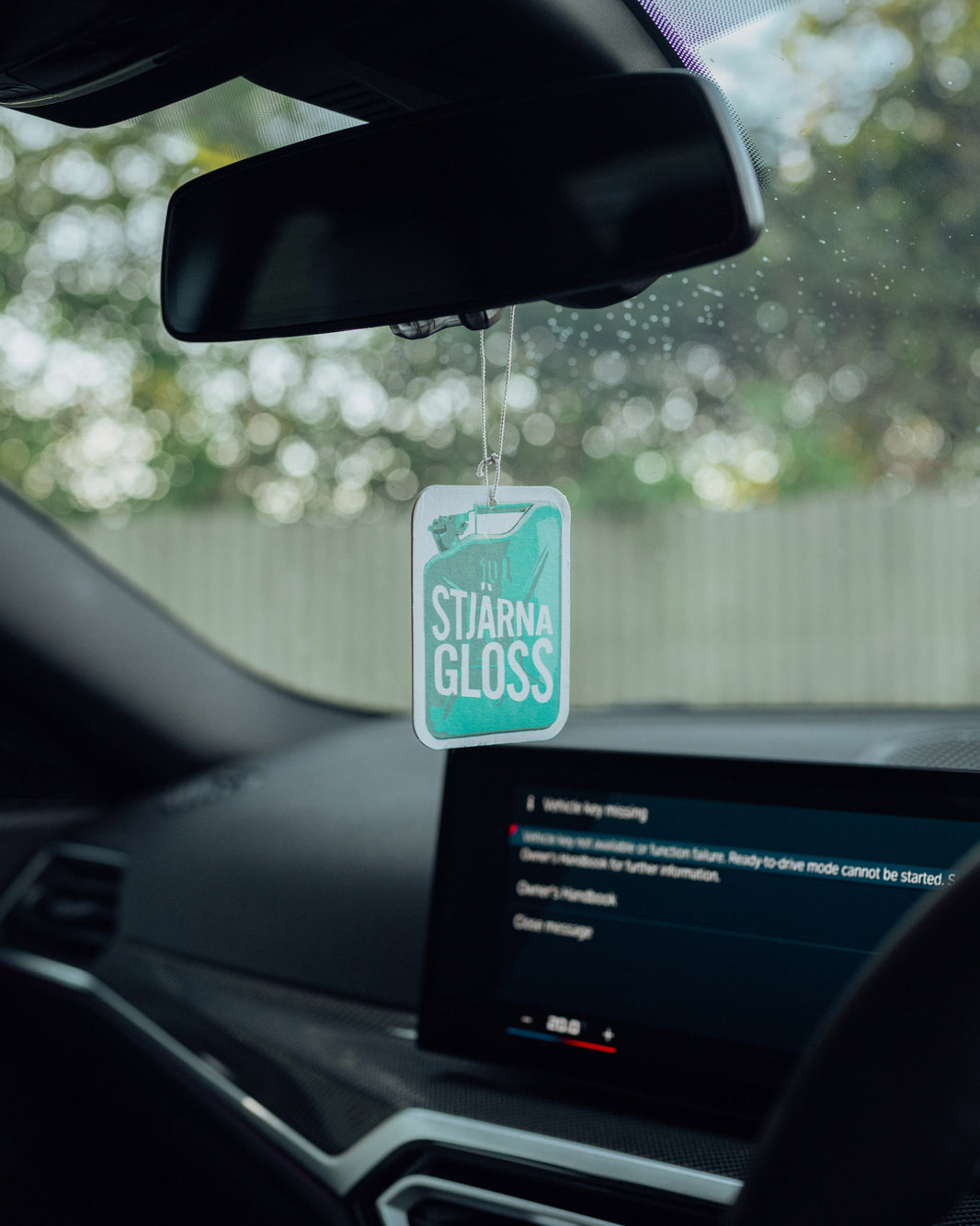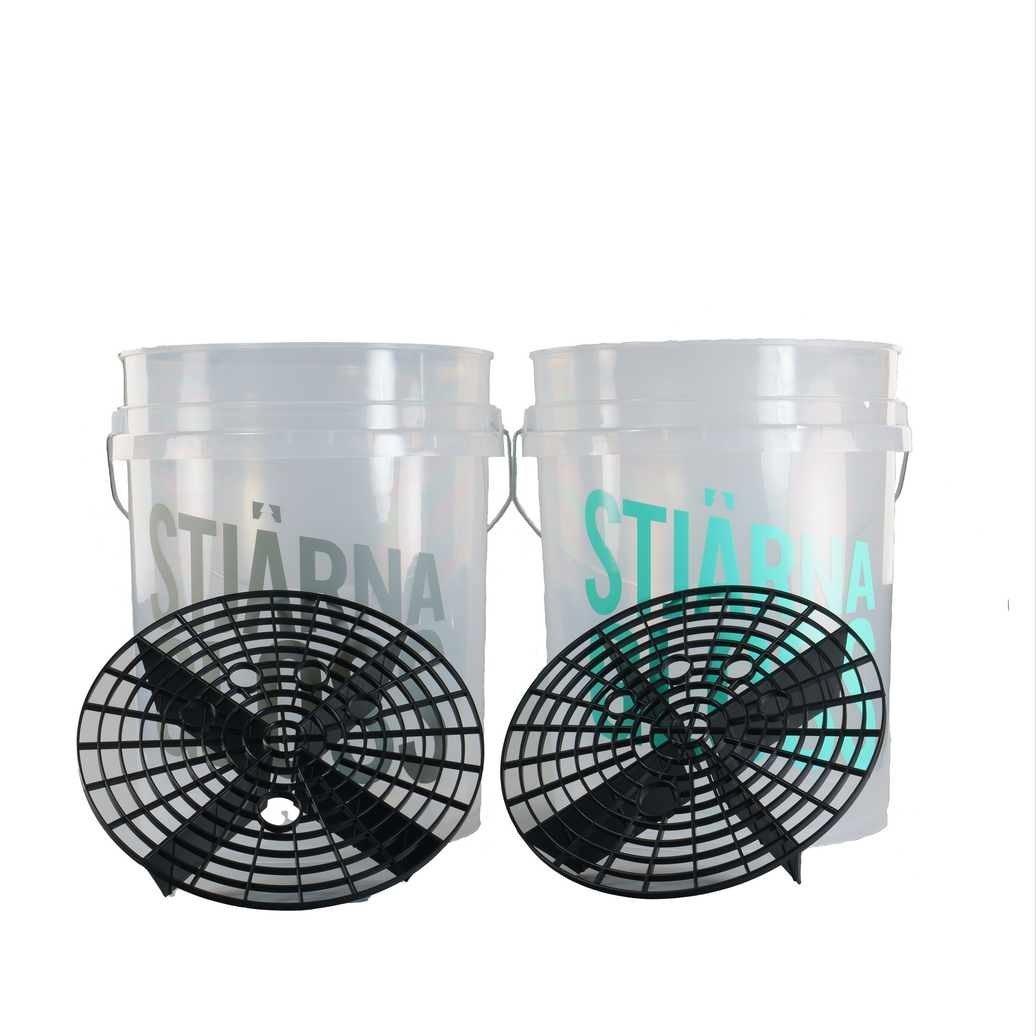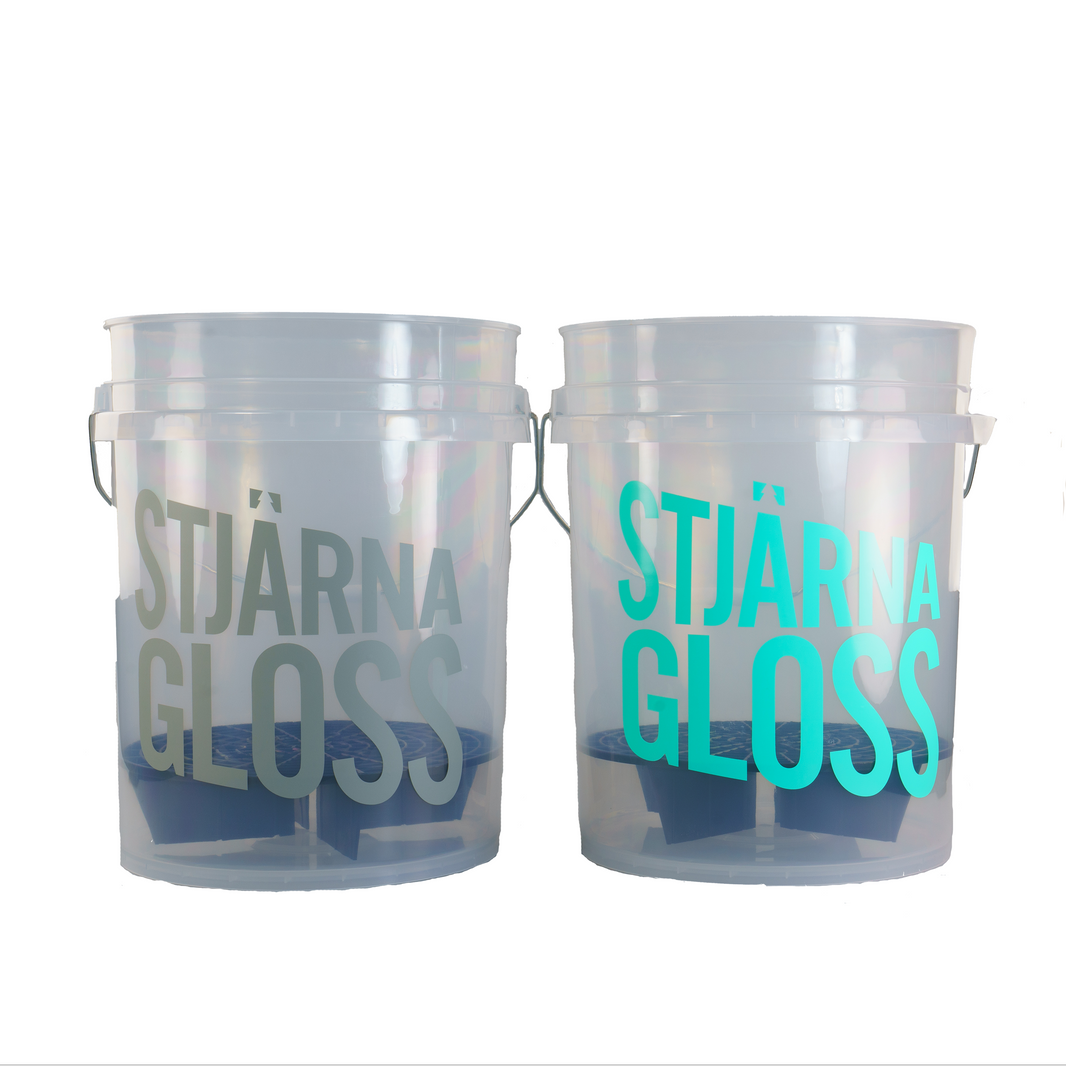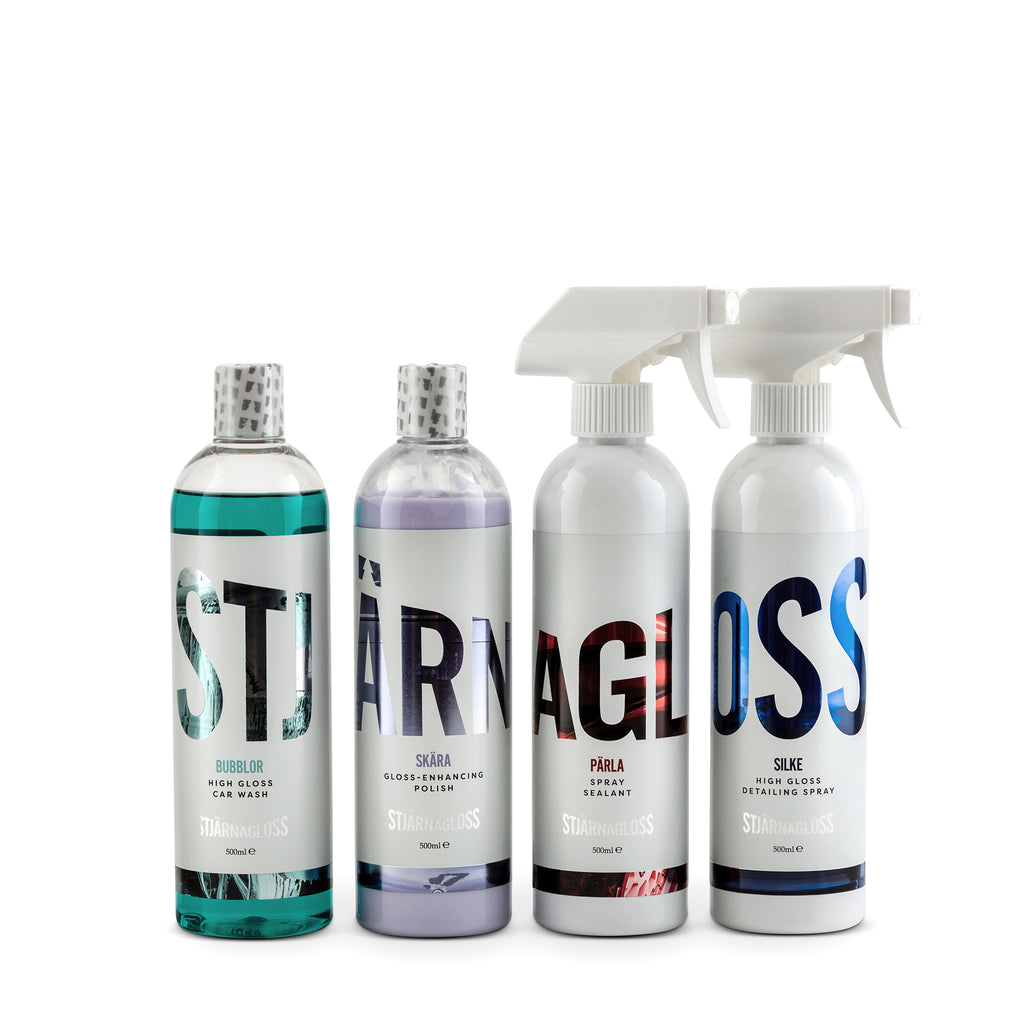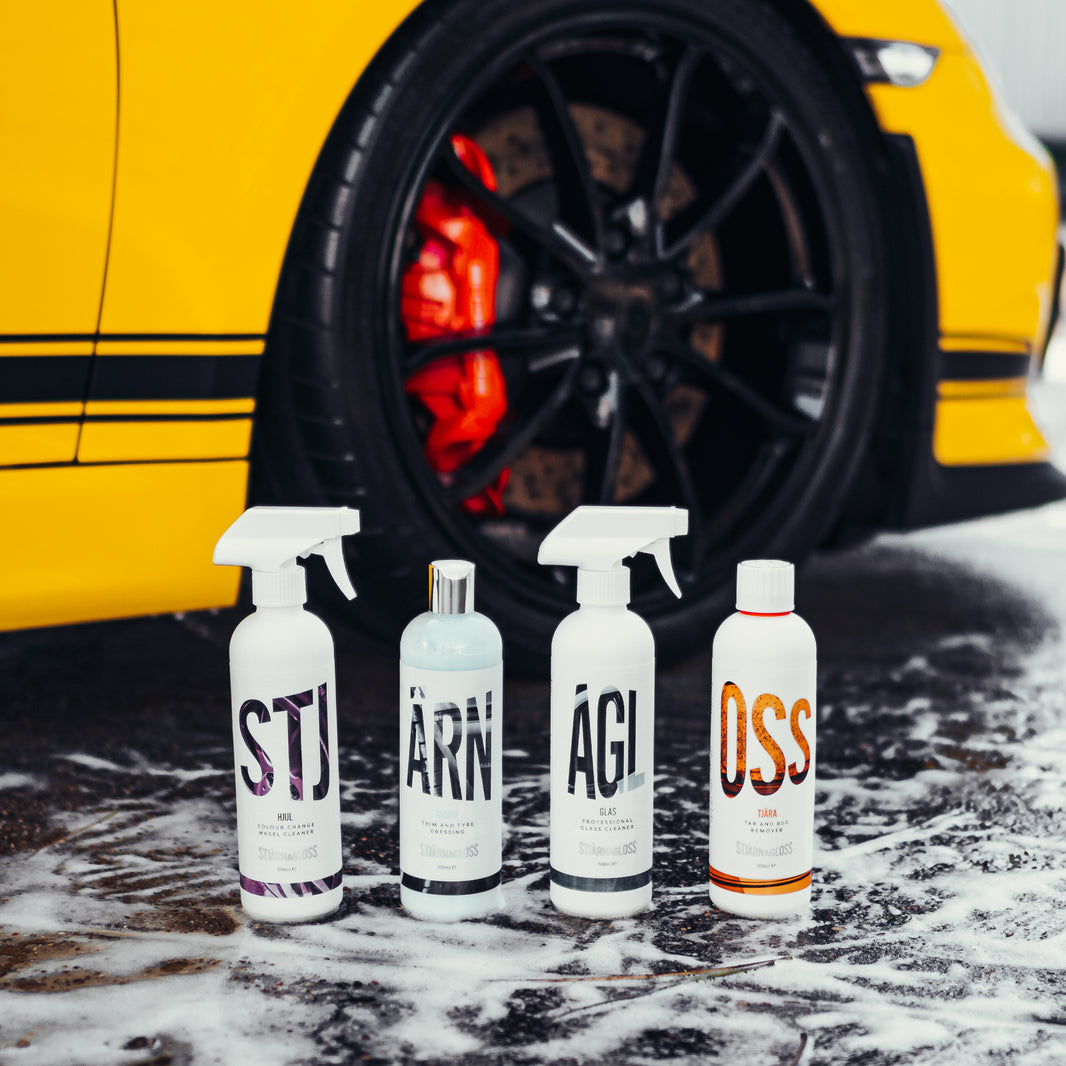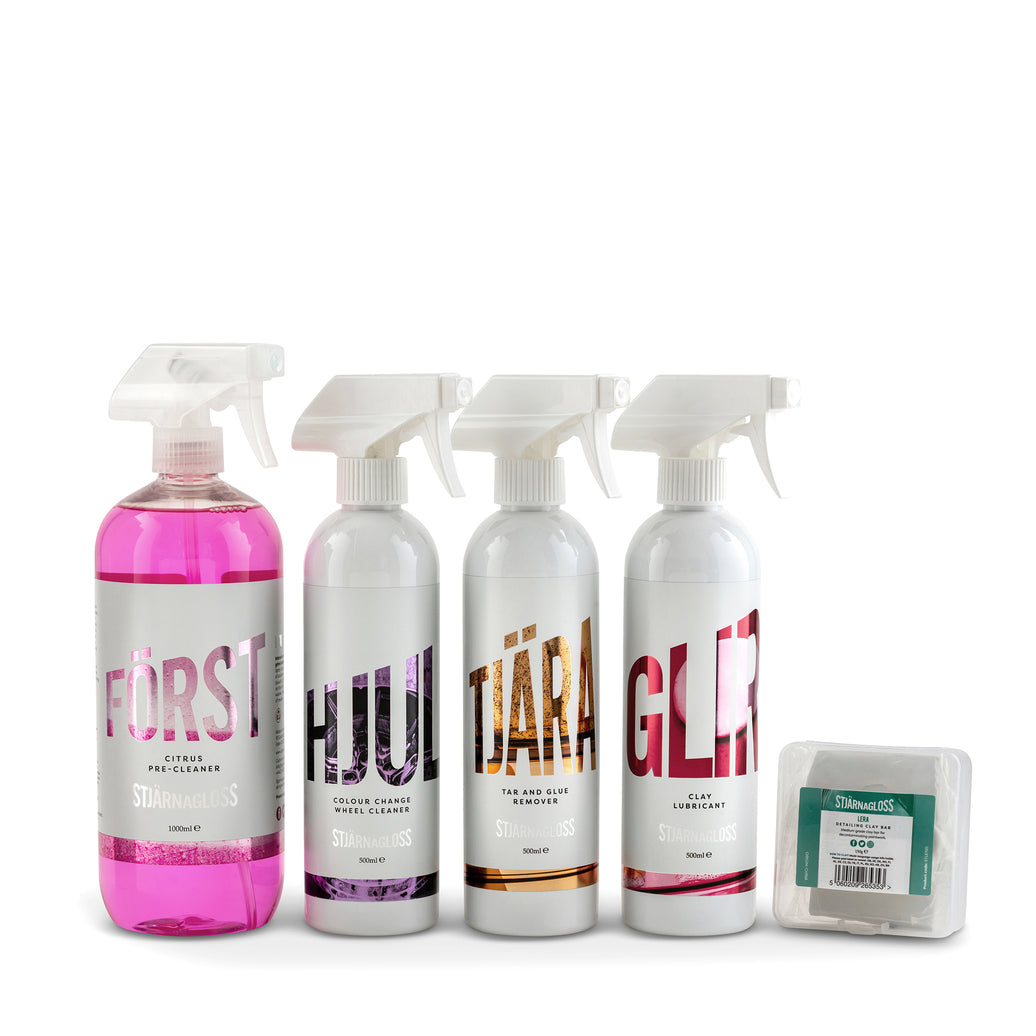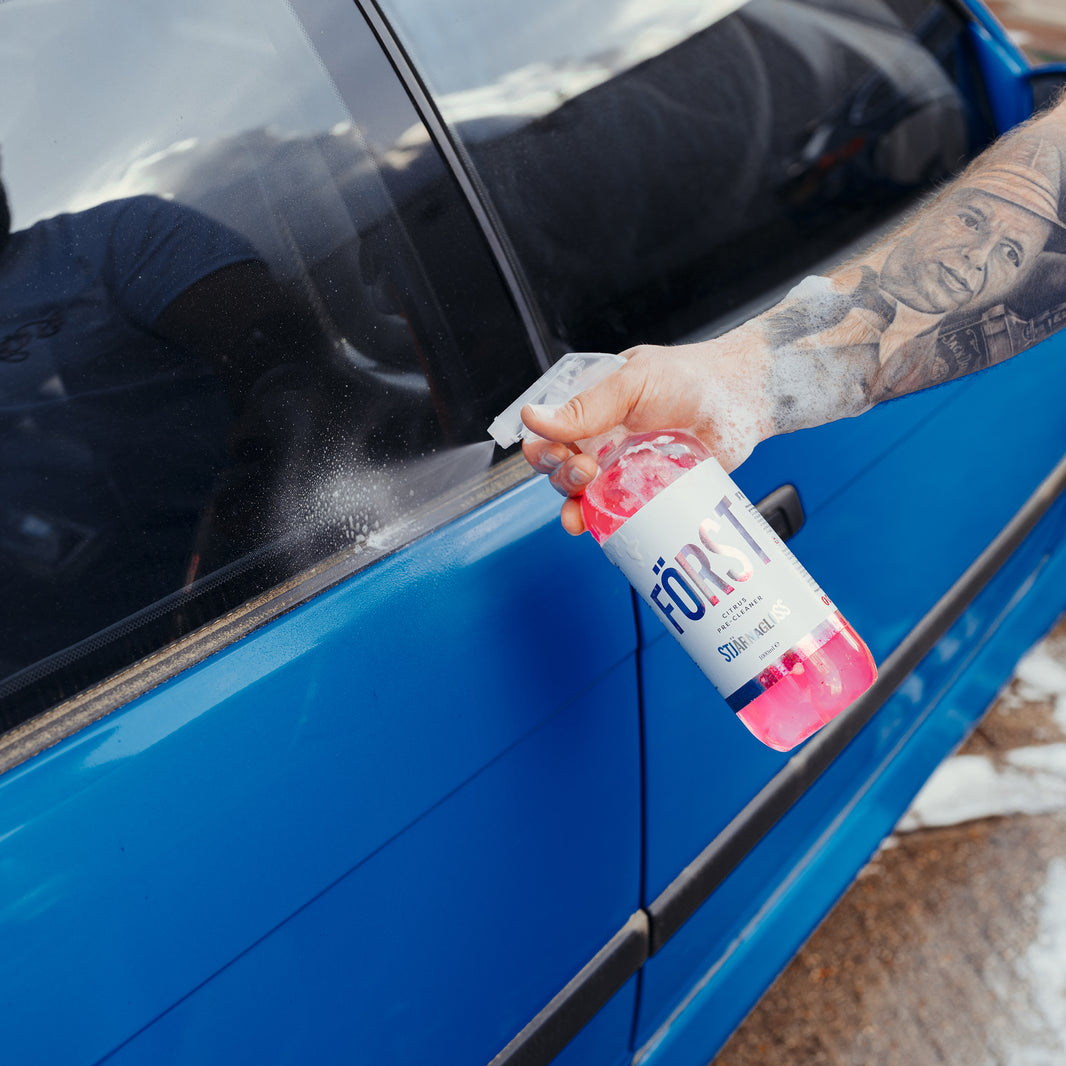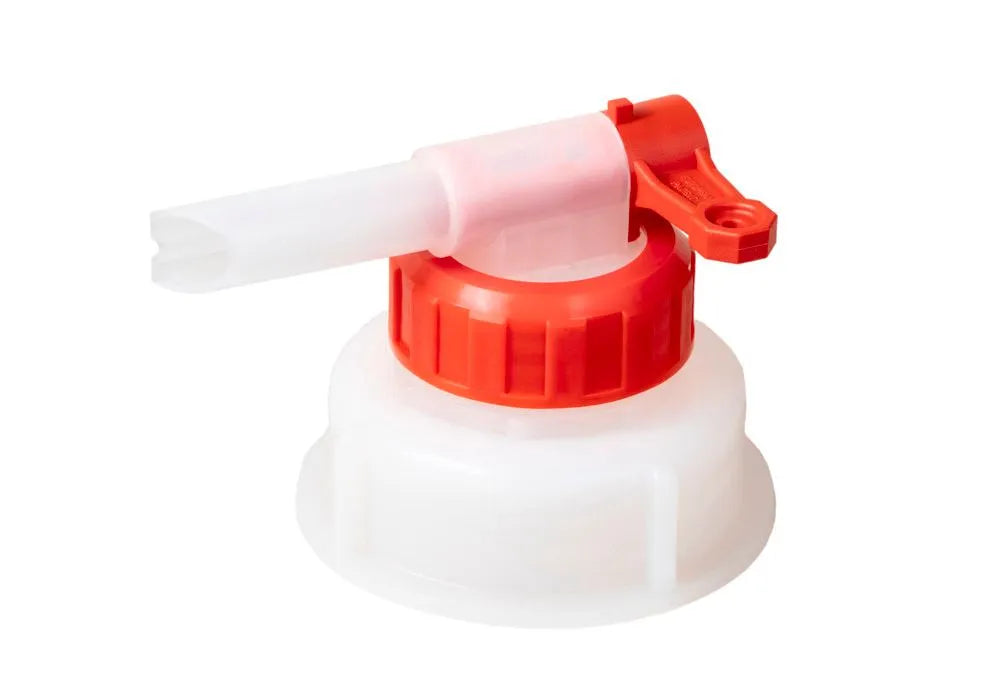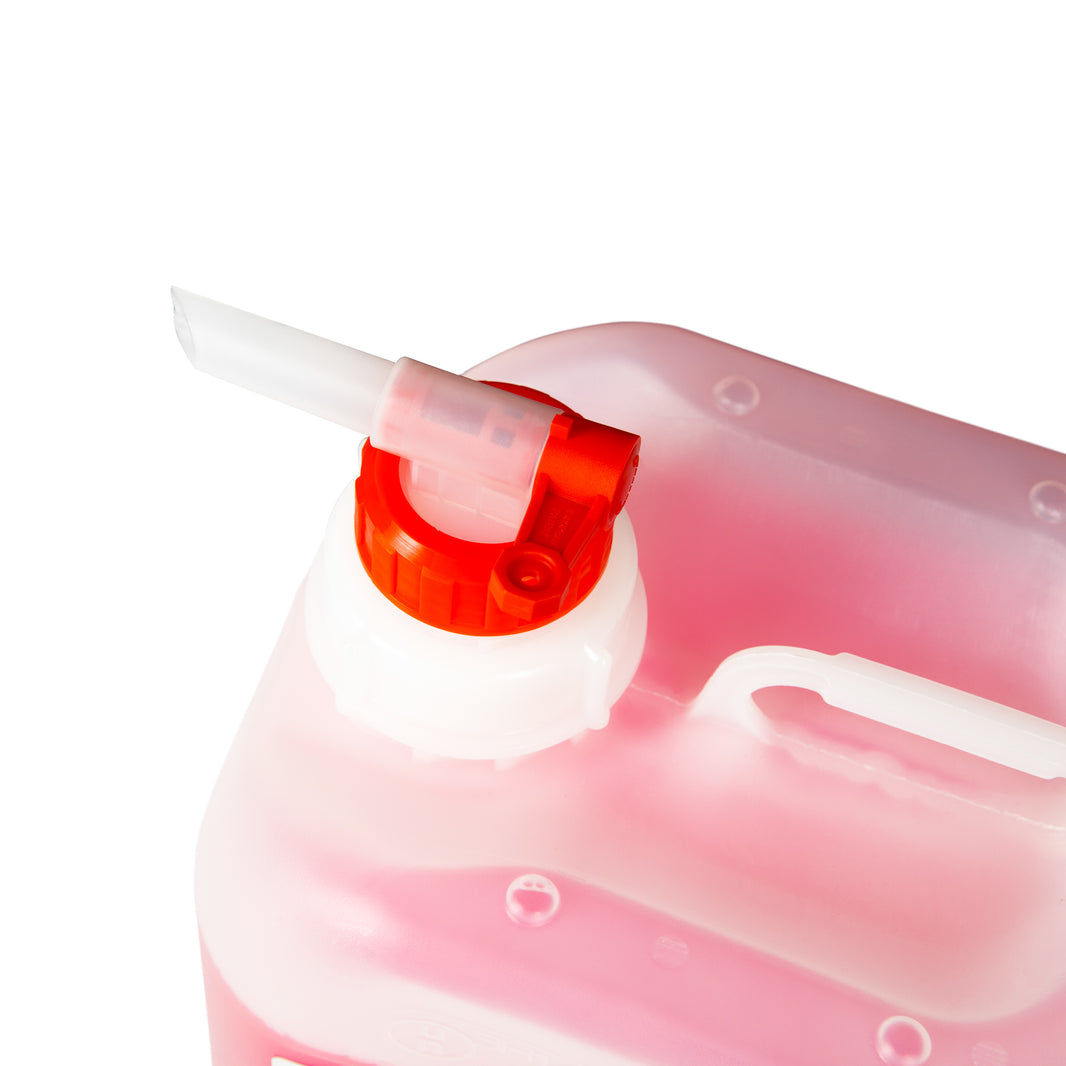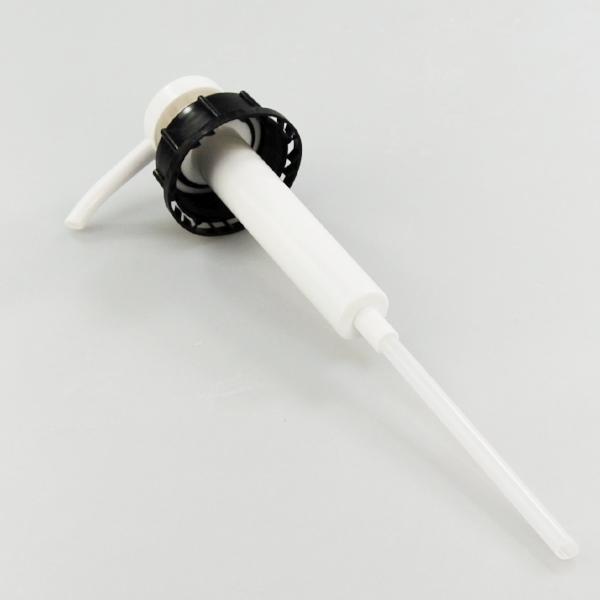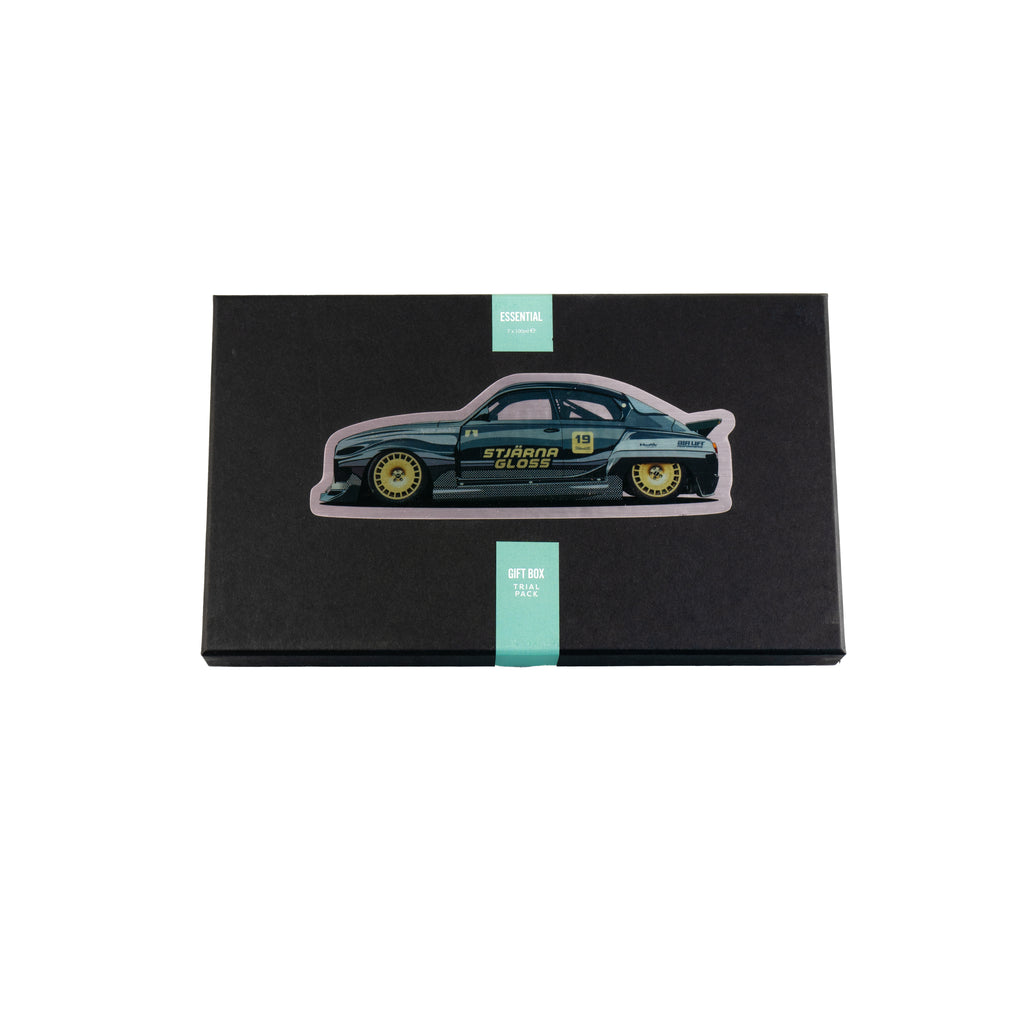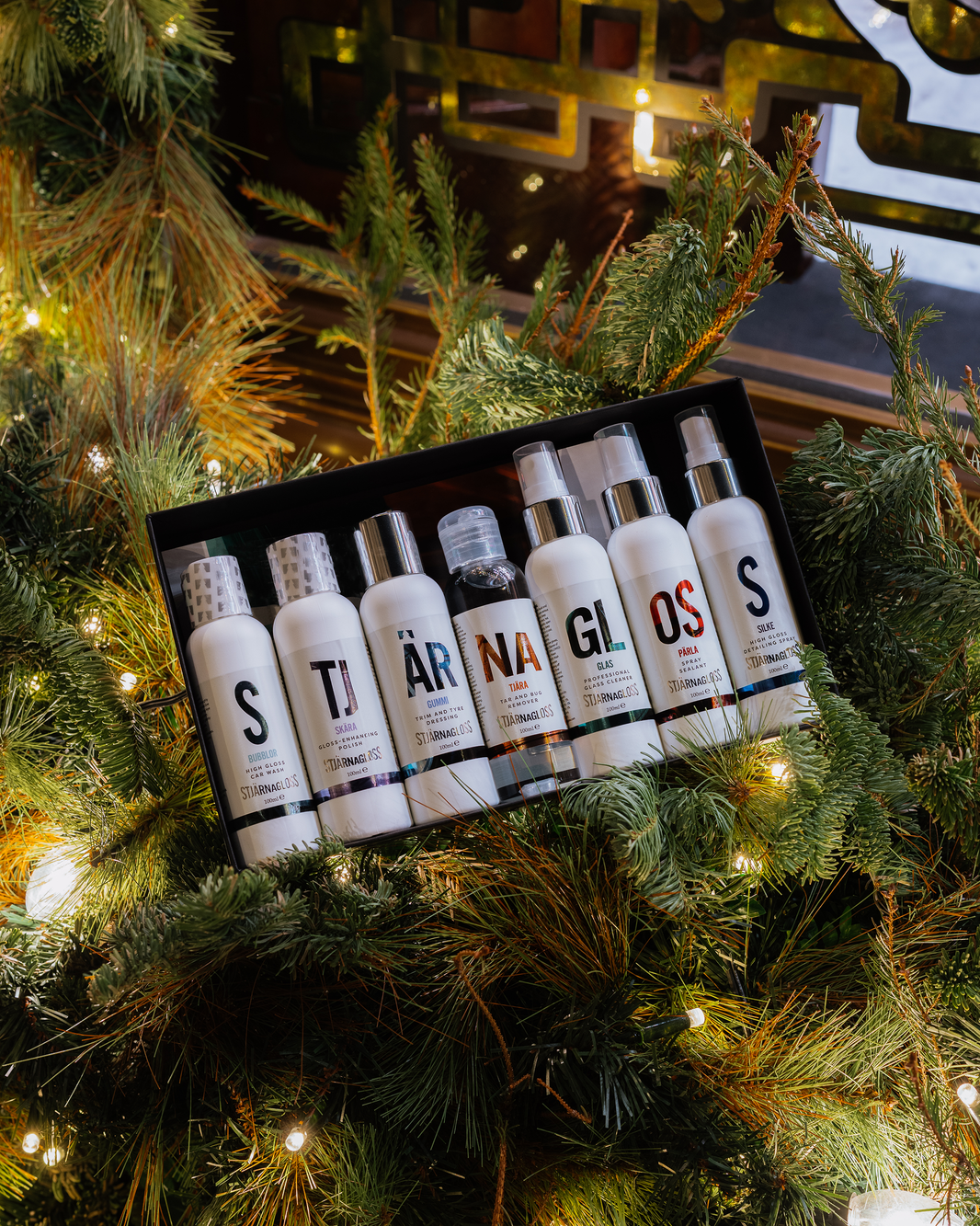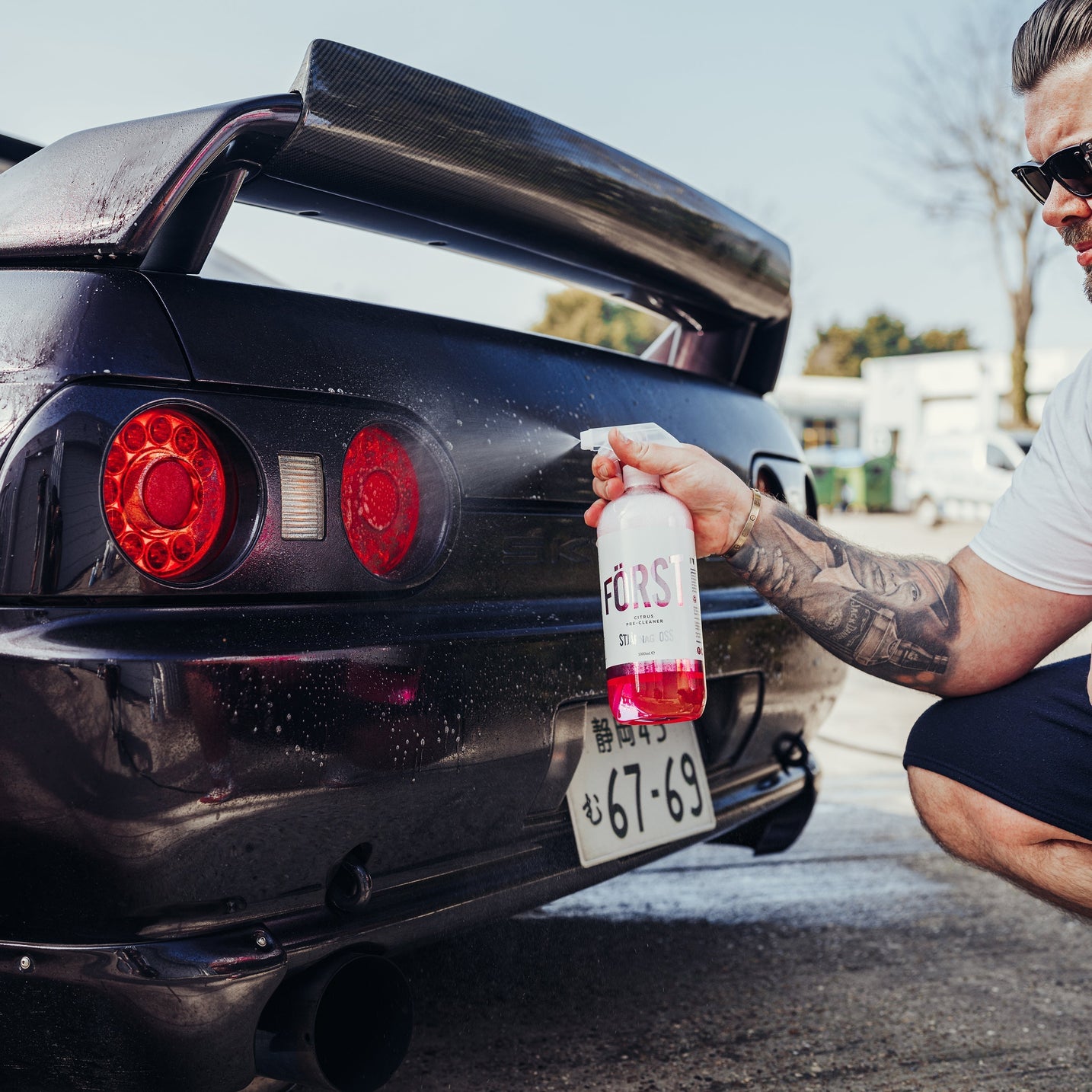How paint defects are created and how to prevent them?
In a previous blog post, we told you all about (different) paint defects. So, after you know what paint defects are, let’s now talk about how they occur in the first place – so that you know how to prevent them.
So, how do paint defects occur, how are they created? The answer will be shocking or at least surprising to some: pretty much by anything and everything. Even if you never touch or wash your car and just drive it down the road, everything that touches your car’s paint with enough force, speed, or abrasion will scratch or damage it. Some of those scratches will be so fine that they are invisible to the human eye, but they will accumulate over time and become as visible as wash-induced swirls. Plus, some paint types are quite hard (in general on a lot of German premium cars) and some are very soft (usually on Japanese cars), so some cars will scratch easier and quicker than others.
Even if you do everything right and got the best car prewashes, snow foams, shampoos, wash mitts and drying towels, even if you use the softest and gentlest of washing methods, you still can and will induce (at least) fine scratches and swirls to your car’s paint. We told you before: car care and detailing is always about reducing paint defects – knowing that you can’t really prevent them forever. That being said, properly washing your car with high-quality (Stjärnagloss) tools and products will create much, much less paint defects than sending it through a badly maintained automated car wash with aggressive bristles.
However, if you wash an extremely dirty car the wrong way, then even the nicest of car shampoos and wash mitts – like Stjärnagloss Bubblor, Matta, and Lurvig – won’t prevent swirls or scratches as there’s just too much nasty stuff on your car. That’s why we always try to remove as much dirt as possible before we touch our cars.
For this reason, it’s during the prewash stage that we use products like citrus pre-cleaners / pre-washes like Stjärnagloss Först, traffic film removers (TFRs), or a snow foam in a snow foam lance (like the Stjärnagloss Snö and Snöstorm combo) to soak our cars’ dirty paint, loosen and soften up dirt and debris, and then rinse it away with a hose or pressure washer. What’s left after that can and will be removed by washing your car with a mitt and shampoo with a significantly lower risk of inducing swirls and scratches.
The above described mechanisms are the reason why microfibre towels or wash mitts became so popular in car care. On the one hand, microfibers are a very absorbent material that grabs and collects stuff extremely well. In contrast to cotton which just pushes stuff away in front of it, microfibres grab anything that they come in contact with and hold on to it. On the other hand, microfibre is also very gentle and far less aggressive or abrasive than e.g. cotton towels. But even the best and plushest microfibre towels will scratch you car’s paint. That’s why you should always use them with as little pressure as possible and use something like e.g. Stjärnagloss Glatt to help the drying process with a drying towel.
What about paint protection, then? Do products like quick detailers, waxes, sealants or ceramic coatings prevent scratches? Clear answer: no! Some paint protection products are more equal than others, meaning that especially ceramic coatings will create a semi-permanent additional protective layer on top of your car’s paint which is comparably hard. Because of that it will take longer and stronger forces to create scratches or swirls – but ceramic coatings won’t and can’t prevent them! The only thing actually and physically capable of preventing paint defects (even stone chips) are paint protection films (PPF).
However, paint protection products like Pärla or Glasyr will do three things:
- To some degree, they add and create an “easy to clean effect”. Dirt and other stuff will have a harder time sticking to a protected car paint. So, once it’s time to wash your protected car again, it should be and will be much easier to wash it as the dirt should come off much easier – meaning your wash mitt, glides with less effort over your car’s paint. Less effort quals in less risk of new swirls.
- Protected cars will show a more or less pronounced “self-cleaning effect”. This means that because dirt and other stuff won’t stick as well to your car’s paint as to bare, unprotected paint, driving through a rain shower often is already enough to “clean” your car. No, your car won’t be perfectly clean afterwards, but it will be much cleaner than an unprotected car. Because of this effect, protected cars won’t get as dirty as quickly as unprotected cars. Less dirt means less risk of new swirls and scratches during the next time you wash your car.
Once again, as it’s important that we repeat this lesson: paint protection in itself doesn’t prevent scratches. But it helps reducing them.
To sum all of this up, let us give you an analogy from life: Nothing will prevent that you get older. It’s the way things work. Therefore, nothing will prevent you from looking older over time. However, by looking after yourself, by eating properly, and by using the right products, you can reduce these effects and prolong the time until you look so wrinkled that someone will call you Nanny or Grandad.
And it’s the exact same thing with car care: nothing will prevent paint defects – except for PPF or putting your car in a garage and not driving it. All you can do with the right products and techniques is make your car’s paint look better for longer.
And much like plastic surgery gives us the chance to cheat and defeat nature’s clock that works against our bodies, polishing and paint correction gives us the chance to rectify some of those paint defects and give our cars’ paints a new lease on life.
Credit: Andreas Schwarzinger
